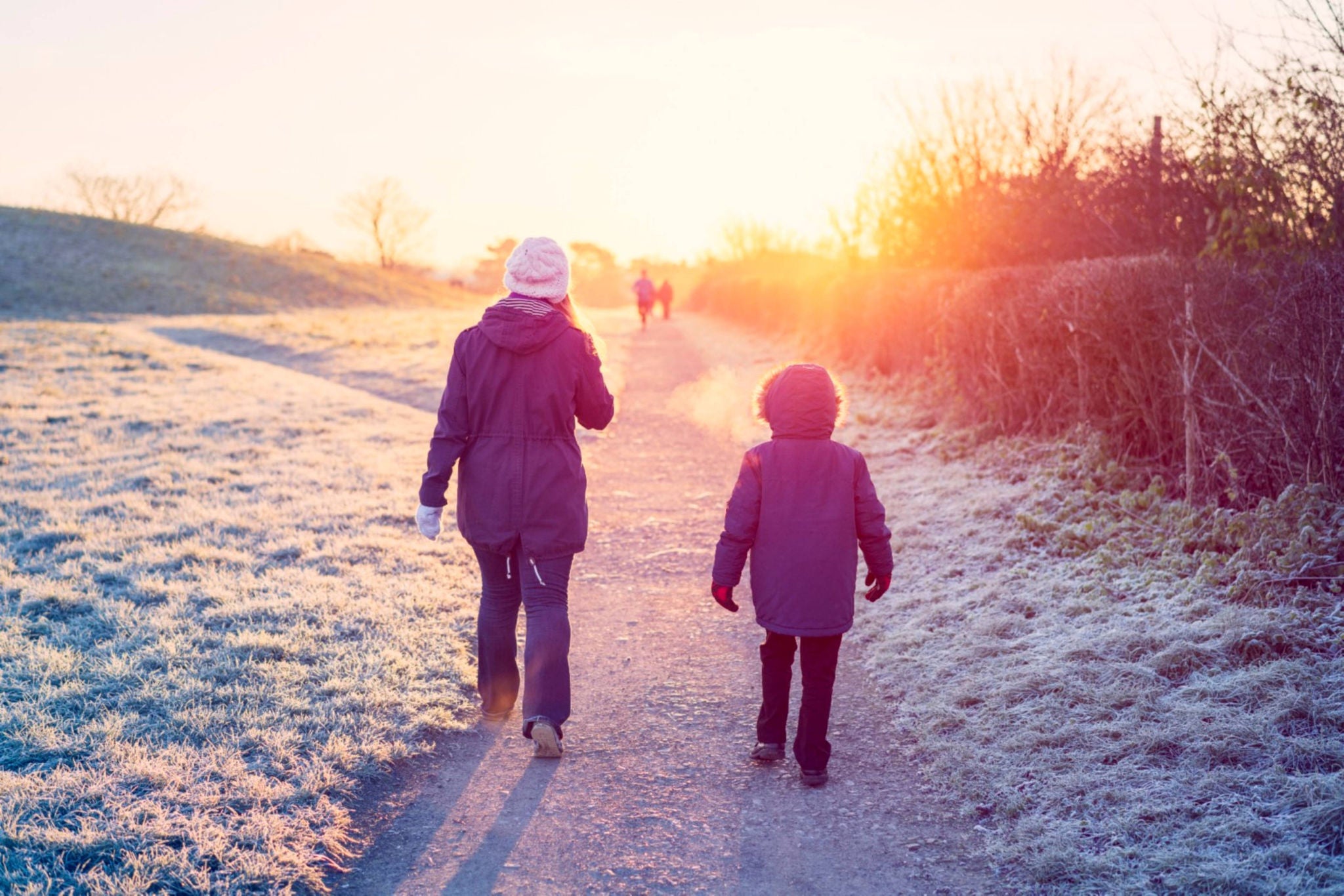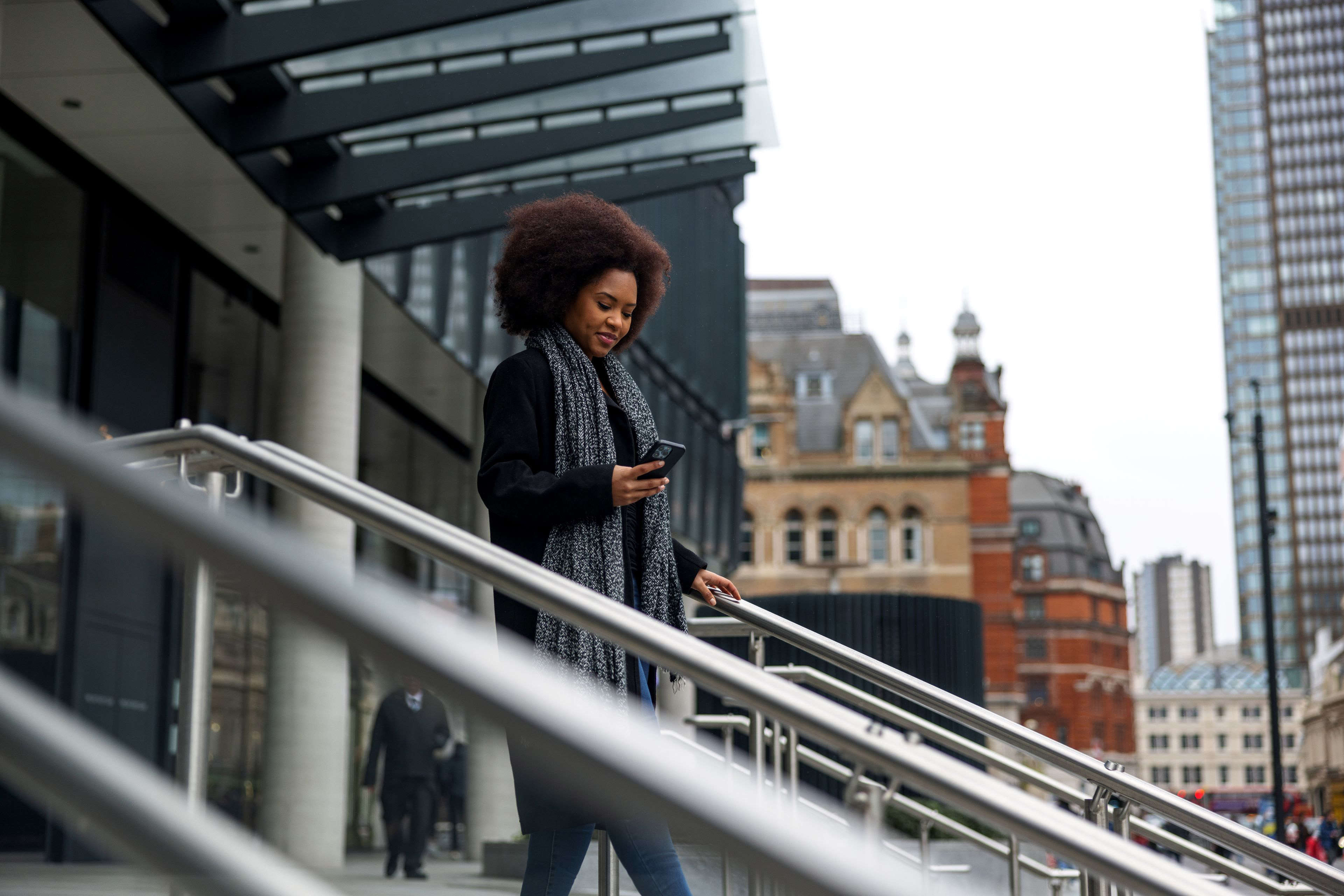EY refers to the global organization, and may refer to one or more, of the member firms of Ernst & Young Global Limited, each of which is a separate legal entity. Ernst & Young Global Limited, a UK company limited by guarantee, does not provide services to clients.

The cost-of-living crisis has hit consumer confidence hard, meaning brands and retailers will have to adapt to capture reduced demand.
In brief
- Consumer confidence is at an all-time low, causing them to cut back in all areas of spending as they try to balance their finances.
- Nearly half of consumers will reduce spend this Christmas on gifts, food and drink and socialising, with more intimate celebrations on the menu.
- Despite the challenges ahead, sustainability and conscious consumerism remain key trends for consumers alongside affordability and a shift to private labels.
Christmas 2022 is likely to be a more sober affair in more ways than one with customers cutting back on discretionary spending, gifts and celebratory food and drink as they look to cope with the cost-of-living crisis bills over the next few months. It means that retailers and brands will need to work harder than ever for consumer attention, adapting their marketing strategies to win spend in a market where there is reduced demand.The 11th edition of the UK Future Consumer Index, which surveyed UK consumers just after the mini-Budget in October, shows that consumer confidence is at an all-time low, with their faith about the future almost halving, down from 50% in June to 26% now.
Meanwhile, the share of consumers pessimistic about economic recovery has more than doubled with 69% saying they don’t expect the economy to recover in the next 12 months, compared with 31% in June. 43% of consumers expect to be financially worse off in 12 months.
However, the resilience of higher-income consumers means that whilst capturing the spending of low- to mid-income consumers will be a challenge for retailers and brands, there remain opportunities for capturing the spend of those who earn more.
How worries about the cost-of-living are impacting spending
In June, the cost-of-living crisis was concerning customers but not necessarily impacting them. They knew energy price rises were coming, for example, but they hadn’t seen the impact on their finances at that point. Since then, they have experienced price rises as well as an often-changing political and economic environment with a mini-Budget, its reversal, and last week’s full fiscal event, meaning sentiment could have shifted even further.
The Future Consumer Index shows that 67% of consumers are now extremely concerned about the rising cost-of-living, up from 60% in June. They are implementing a raft of measures to cope, including cutting back on spending across all categories and increasingly shifting to private label alternatives.
Consumers are reducing discretionary spending the most, with cutbacks in big ticket items, consumer electronics, holidays and home improvement, as well as clothing. More than half (52%) of consumers say they will spend less on big ticket items such as furniture, up from just over a third (39%) in February. 47% say they will spend less on clothing and the same amount will spend less on consumer electronics. 42% will reduce spend on holidays and 41% home improvement products and services.
However, spend is being maintained across household products and hygiene post-pandemic, with 68% spending the same; as well as across fresh food (56% will spend the same), canned and dried goods (65%) and frozen food (62%).
The shift to private label to save cash
The shift to private label began during COVID-19 when supply chain issues, affordability and increased willingness to try new things were evident trends. Now that behaviour is continuing to grow, although affordability is now most likely the primary driver. Some of the most significant changes in consumer behaviour are in food and drink. In packaged food, where spend is being maintained 78% of consumers are now willing to purchase private label, compared with 68% in June. The biggest jump is in non-alcoholic beverages, where 59% of consumers will now switch compared with 47% in June.
A more considered and intimate Christmas as consumers count the pennies
As they look to manage their finances during this difficult period, the frugality of consumers will be most evident at Christmas. Nearly half of consumers are planning to spend less to save money (43%), as well as spending less on socialising (46%).
Consumers are planning a more intimate Christmas with around a third (31%) spending less on celebratory alcohol and food (29%), and just over one in 10 (12%) inviting fewer people over for celebrations.
They are also slashing gift budgets, with 43% cutting back on gifts for friends and 34% on family gifts. Purchases will also be more considered, with 44% of consumers more mindful of the usefulness of what they buy.
The continued importance of the K-shaped consumer
Although consumers are cutting back overall, the K-shaped consumer - identified in our last Index in June - is more important than ever since higher-income customers are maintaining resilience, confidence and spend, despite the financial crisis.
Such consumers are more than three times less likely to see themselves as being financially worse off this time next year (14%) than low-income consumers (51%). They are also less aware of the increasing cost of goods. Just under three-quarters (74%) of high-income consumers have noticed price rises in key categories such as fuel and household energy, compared with around 90% of mid- and low-income consumers.
This is translating into a high-income consumer with a greater propensity for discretionary spending over the next few months. Such consumers are around three times more likely to spend more than mid- and low-income consumers on categories where overall consumers are spending less, including big ticket items such as furniture (38% of high-income spending more versus 11% of mid- to low-income), consumer electronics (38% vs 11%) and clothing and footwear (36% vs 10%).
The resurgence of an affordability first mindset
The challenges faced by consumers mean that their affordability first mindset, which was most evident at the start of the pandemic, but which fell back as the impact of COVID-19 started to recede, is now back with a vengeance. A third (33%) of consumers now have an affordability mindset and are sacrificing experience to get it. Interestingly the planet first mentality around sustainability, which surged in October 2021 at the time of the COP26 summit, is once again in second place at 24% showing this remains a sustained consumer behaviour change.
The consolidation of the conscious and responsible consumer
This desire for sustainability is also reflected in the continued growth of a more conscious consumer who is considering purchases more deeply than ever before. Although driven by the desire for sustainability when the trend first emerged earlier this year, it is now also reflective of the affordability first mindset since a consumer who is consuming less will also be spending less. More than three-quarters (79%) of consumers don’t feel a need to keep up to date with the latest fashion trends and more than two-thirds (68%) say they would prefer to repair than replace. More than half (52%) say that they have more possessions than they need. Reflecting the shift to private label, more than half (59%) say that brands aren’t important in their purchase decisions.
This shift towards more considered shopping behaviour will have profound implications for brands and retailers, as the shopping items that don’t match the increasing value that consumers place on sustainability will fail to raise the profits, compared to durable and high-quality options. As consumer priorities change, brands and retailers will also need to change their offerings, so supply can match the demand.
A rebalancing of online and offline
Affordability will continue to play a role in where consumers shop too. The data shows the importance of physical retail experiences to consumers. This holiday season consumers planning to shop mostly online has dropped to 41% from 55% in 2021, whilst those planning to do most of their shopping in stores has risen from 17% compared with 12% last year.
For retailers and brands, this is proof that consumers are looking for flexibility in channels and the critical importance of the right omni-channel experience. But the role of online as a shopping tool, as well as for buying itself, will continue to be vital for shoppers looking for bargains or wanting the convenience of immediate price comparisons even if they are instore at the time.
Cash-strapped consumers
There’s no escaping the fact that consumers will be watching their finances closely over the coming months and our research suggests that many aren’t expecting to splurge this Christmas. Whilst there are opportunities to capture the spend of higher-income consumers for the majority the focus will be on value and necessities. We suggest retailers and brands ask themselves the following key questions:
Five key questions for brands and retailers to consider
- How impacted are your consumers by rising energy prices and interest rates, and therefore how price sensitive are they likely to be?
- What is your planned discounting strategy for the holiday season, and how will you capture the limited demand in the market before your competitors?
- How will you update your range and pricing to reflect a more cost-conscious low-/mid- income consumer whilst capturing the profit in less sensitive higher income groups?
- How will you exploit the reinvigoration of physical retail to build loyalty?
- A potential next phase of the current crisis will land in April. How prepared are you?
Methodology
The EY Future Consumer Index tracks changing consumer sentiment and behaviors across time horizons and global markets, identifying the new consumer segments that are emerging. The Index provides regular longitudinal indicators and a unique perspective on which changes are temporary reactions to the COVID-19 pandemic, those which point to more fundamental shifts and what the consumer post COVID-19 might be like. The 11th edition of the EY Future Consumer Index surveyed 21,000 consumers across the US, Canada, Mexico, Brazil, Argentina, Chile, UK, Germany, France, Italy, Spain, Denmark, Finland, Sweden, Norway, Australia, New Zealand, Japan, China, India, Indonesia, Thailand, Saudi Arabia, South Africa, Vietnam, Nigeria and Netherlands between 23 September to 14 October 2022.
Summary
As consumers look to cut back spending, retailers and brands will need to understand the price sensitivity of their customers and adapt their strategy, considering discounts and price ranges of goods and services. They should also utilise rising consumer trends and consumption patterns, by delivering the right omni-channel experience and offering more sustainable, durable items. Reacting accordingly to consumer behaviour will help them win spend in the run up to Christmas 2022. Whilst high income consumers offer opportunity because they are more financially resilient, mid- and low-income consumers will need ranges and pricing that reflect their budgets.
How EY can help
-
Our Strategy Consulting teams help CEOs achieve maximum value for stakeholders by designing strategies that improve profitability and long-term value.
Read more -
EY Studio+ helps organizations build differentiated experiences that adapt with customers and drive sustainable long-term value. Read more on studio.ey.com.
Read more - Read more
Related articles
Future Consumer Index: Five consumer types you need to understand
The 11th wave of the global study explores the emerging priorities that will shape future consumption patterns. Learn more.
When experience defines how consumers buy, what will retailers sell?
Instead of the “store” of the future, retailers should be thinking about the “space” of the future. Find out more.





